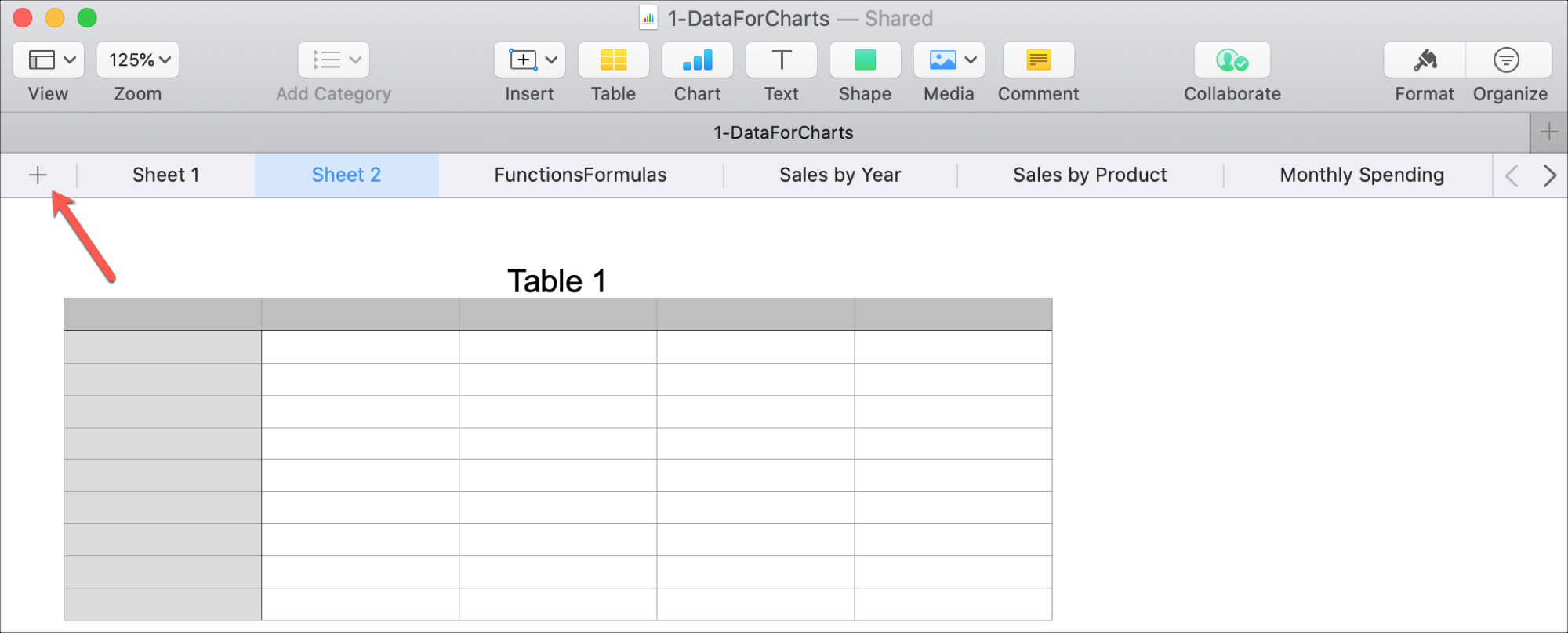

I will choose all columns from the left to show on my subset sheets. Your named ranges should appear on the left-hand side of the window as a table.Note that it can be the same workbook as the one you have currently open. Find and choose the workbook to query.Click From Other Sources. Choose From Microsoft Query. This could be another worksheet or even another workbook. Navigate to the sheet where you want the query results to go.In turn, this will also automatically expand your named range. This step is a little redundant, but making your data into a Table has tons of benefits, the primary one here being that when you add new data to it, it automatically expands to capture the new data. Highlight your data according to the steps above. Create a Table out of your master table.The named range is required for Microsoft Query to pick the data to analyze. Highlight the data in your table (including headings), type a name for the range in the Name Box to the left of the formula bar, then hit Enter. Create a named range for your master table.

Here I created a sheet for each support rep.
Move a sheet to new workbook in excel for mac how to#
Sound difficult? It’s not! The steps below explain how to set this up using Excel 2007 or later.


 0 kommentar(er)
0 kommentar(er)
